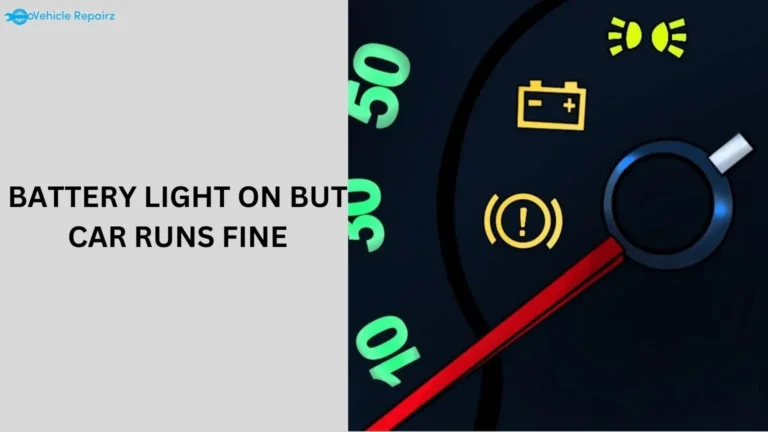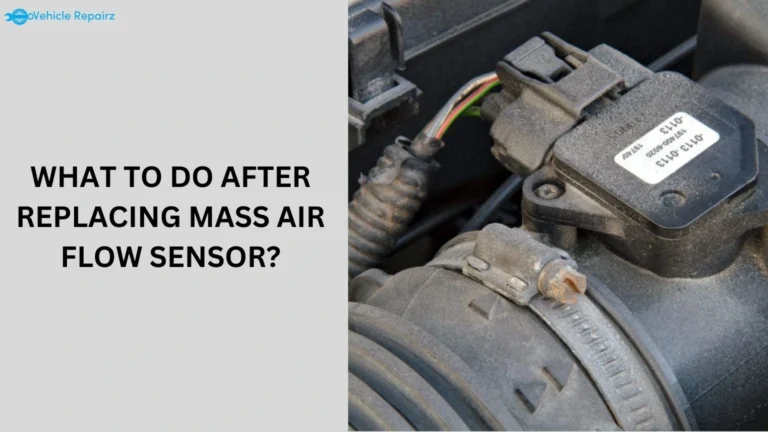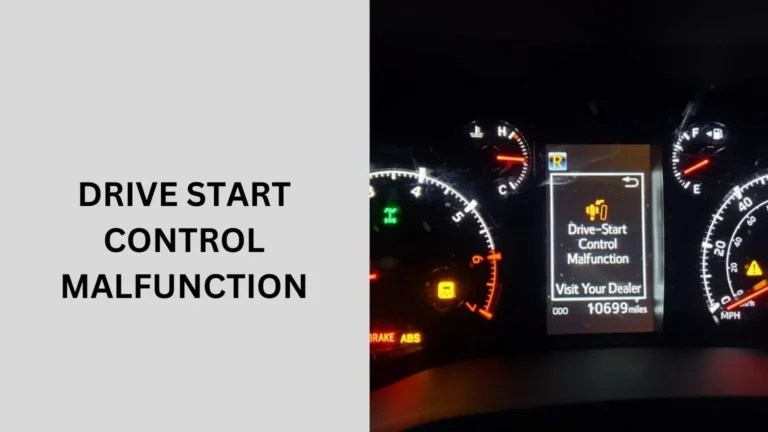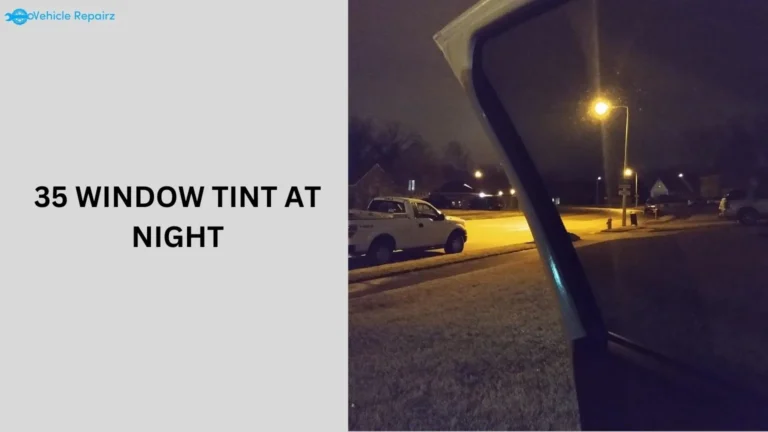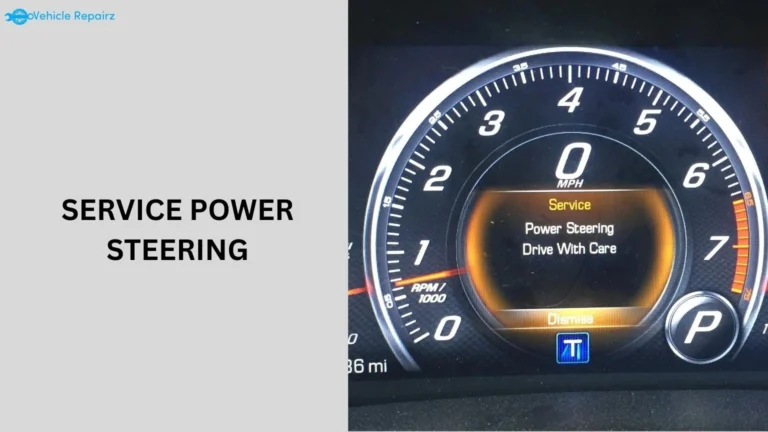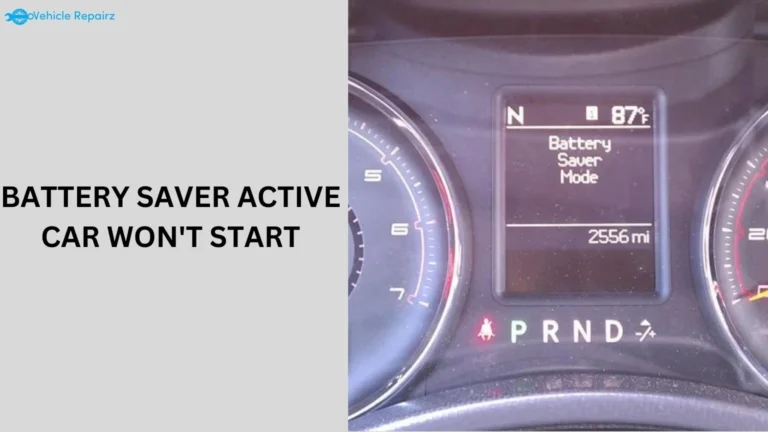Understanding Brake Boosted Systems: A Comprehensive Guide
When it comes to vehicle performance and safety, brake systems are crucial. One component that significantly enhances braking efficiency is the brake boosted system.
This guide will explore what brake boosted systems are, how they work, and why they’re important for your vehicle.
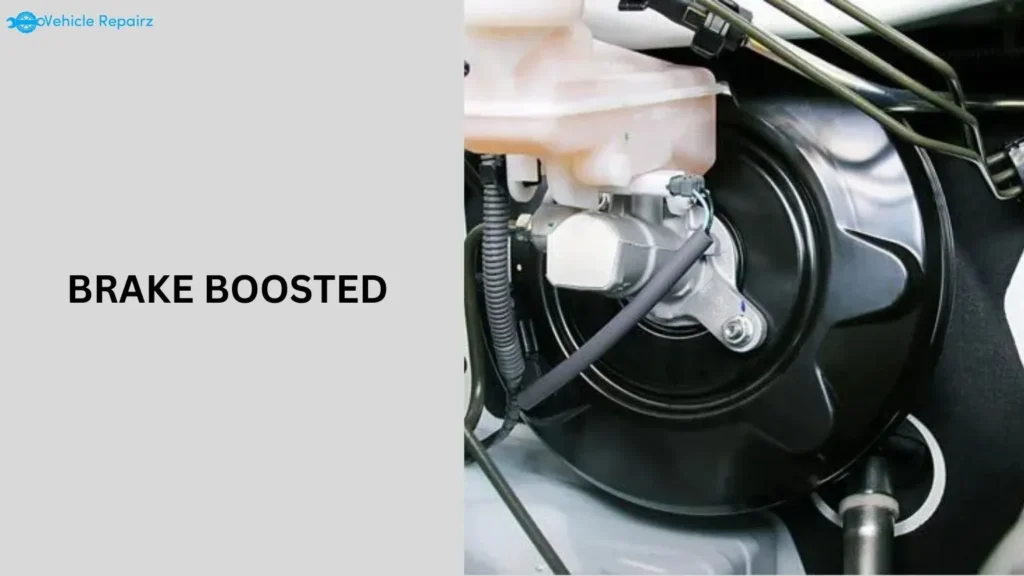
What is a Brake Boosted System?
A brake boosted system, often referred to as a brake booster, is an essential component in modern vehicles that amplifies the force applied to the brake pedal.
This amplification ensures that even minimal pressure from the driver results in substantial braking force. Let’s break down how it works and its key components.
The Function of a Brake Boosted System
The primary function of a brake boosted system is to increase the braking force without requiring excessive pedal pressure from the driver.
This is achieved through a vacuum or hydraulic mechanism that multiplies the force applied to the brake pedal. The result is a more responsive braking system that enhances vehicle safety and control.
Key Components of Brake Boosted Systems
- Brake Booster: The main component responsible for amplifying the brake pedal force. It usually comes in two types—vacuum boosters and hydraulic boosters.
- Vacuum Source: In vacuum brake boosters, a vacuum is created by the engine or a dedicated pump. This vacuum assists in multiplying the braking force.
- Master Cylinder: The master cylinder receives the amplified force from the brake booster and transmits it to the brake calipers.
- Brake Pedal: The interface between the driver and the braking system. When the driver presses the brake pedal, the brake booster amplifies this force.
Benefits of a Brake Boosted System
A brake boosted system offers several advantages that contribute to the overall performance and safety of your vehicle.
Understanding these benefits can help you appreciate the value of this crucial component and ensure that you maintain it properly.
Enhanced Braking Efficiency
One of the most significant benefits of a brake boosted system is its ability to enhance braking efficiency.
The system amplifies the force applied to the brake pedal, which results in increased braking power.
This means that even with minimal pedal pressure, you achieve a stronger and more effective braking response.
Enhanced braking efficiency is particularly important in emergencies where every millisecond counts.
Reduced Driver Effort
A brake boosted system significantly reduces the amount of effort required from the driver to engage the brakes.
Without a brake booster, drivers would need to apply much more force to the brake pedal to achieve the same level of braking power.
This reduction in effort makes driving more comfortable and less tiring, especially in stop-and-go traffic or during extended driving periods. It also allows for a more relaxed and controlled driving experience.
Improved Vehicle Safety
Safety is a paramount concern for any driver, and a brake boosted system contributes significantly to vehicle safety.
By providing more responsive braking, the system helps in achieving shorter stopping distances.
This can be crucial in preventing collisions and avoiding accidents, especially in high-traffic conditions or adverse weather.
Improved braking responsiveness also enhances overall vehicle stability and control, giving drivers more confidence on the road.
Consistent Braking Performance
A well-maintained brake boosted system ensures consistent braking performance. It helps to maintain uniform braking force across different driving conditions, which is essential for predictable vehicle handling.
Consistent braking performance is particularly beneficial in situations where precise control is needed, such as during sudden stops or when driving downhill.
Reduced Brake Wear
By improving the efficiency of the braking process, a brake boosted system can also help reduce brake wear.
Since the system amplifies the braking force, the brake components do not have to work as hard to achieve the desired stopping power.
This can lead to less frequent replacements of brake pads and rotors, ultimately saving on maintenance costs and extending the lifespan of these components.
Enhanced Driving Comfort
The ease of braking provided by a brake boosted system enhances overall driving comfort.
The reduced effort required to brake means that drivers experience less strain on their legs and feet, making long drives more comfortable.
Additionally, smoother braking transitions contribute to a more pleasant driving experience, reducing jolts and jerks that can be uncomfortable for both the driver and passengers.
Common Issues with Brake Boosted Systems
While brake boosted systems are generally reliable, they can encounter issues over time. Here are some common problems:
Vacuum Leak
In vacuum brake boosters, a leak in the vacuum line or booster can reduce the effectiveness of the braking system. Regular maintenance checks can help identify and fix such leaks.
Booster Failure
A malfunctioning brake booster can lead to a hard brake pedal and reduced braking power. If you notice a significant increase in pedal effort, it may indicate a problem with the booster.
Master Cylinder Issues
Problems with the master cylinder can also affect the performance of a brake boosted system. Symptoms include spongy brakes or inconsistent braking power.
Maintaining Your Brake Boosted System
To ensure the longevity and efficiency of your brake boosted system, regular maintenance is essential.
Here are some tips:
- Regular Inspections: Have your brake system inspected regularly by a professional to identify any potential issues early.
- Check for Leaks: Periodically check for any signs of vacuum or hydraulic leaks that could affect braking performance.
- Replace Worn Components: Replace any worn or damaged components promptly to avoid compromising the braking system.
People also ask
What does it mean to brake boost?
Brake boosting refers to the process of enhancing the force applied to the brake pedal through a mechanical or hydraulic system, typically a brake booster.
This amplification makes braking more effective with less effort from the driver, improving overall vehicle stopping power and safety.
In simple terms, brake boosting helps you achieve stronger and more responsive braking with minimal pedal pressure.
How to brake boost properly?
To brake boost properly:
Ensure System Integrity: Regularly check that your brake booster and related components (like the vacuum or hydraulic systems) are functioning correctly.
Apply Firm Pressure: Press the brake pedal firmly to engage the booster and amplify the braking force.
Maintain Proper Maintenance: Follow your vehicle’s maintenance schedule to keep the brake booster in good condition, including checking for leaks or wear.
Check for Issues: If you notice a hard brake pedal or reduced braking power, have your brake booster inspected and repaired by a professional.
How much does it cost to get brake boost?
The cost to repair or replace a brake booster typically ranges from $200 to $500, depending on the vehicle make and model, labor rates, and the parts needed.
Prices can vary, so it’s a good idea to get a few quotes from local mechanics for an accurate estimate.
What are symptoms of a brake booster?
Symptoms of a brake booster issue include:
Hard Brake Pedal: Difficulty pressing the brake pedal or increased effort required.
Spongy or Soft Pedal: Brake pedal feels unusually soft or spongy.
Increased Stopping Distance: Longer distances required to stop the vehicle.
Hissing Noise: A hissing sound when pressing the brake pedal, indicating a vacuum leak.
Brake Warning Light: Illumination of the brake system warning light on the dashboard.
Conclusion
In Conclusion, A brake boosted system plays a critical role in enhancing vehicle safety and performance.
By understanding its function, benefits, and common issues, you can ensure that your braking system remains in top condition.
Regular maintenance and timely repairs are key to keeping your vehicle safe and responsive on the road.

